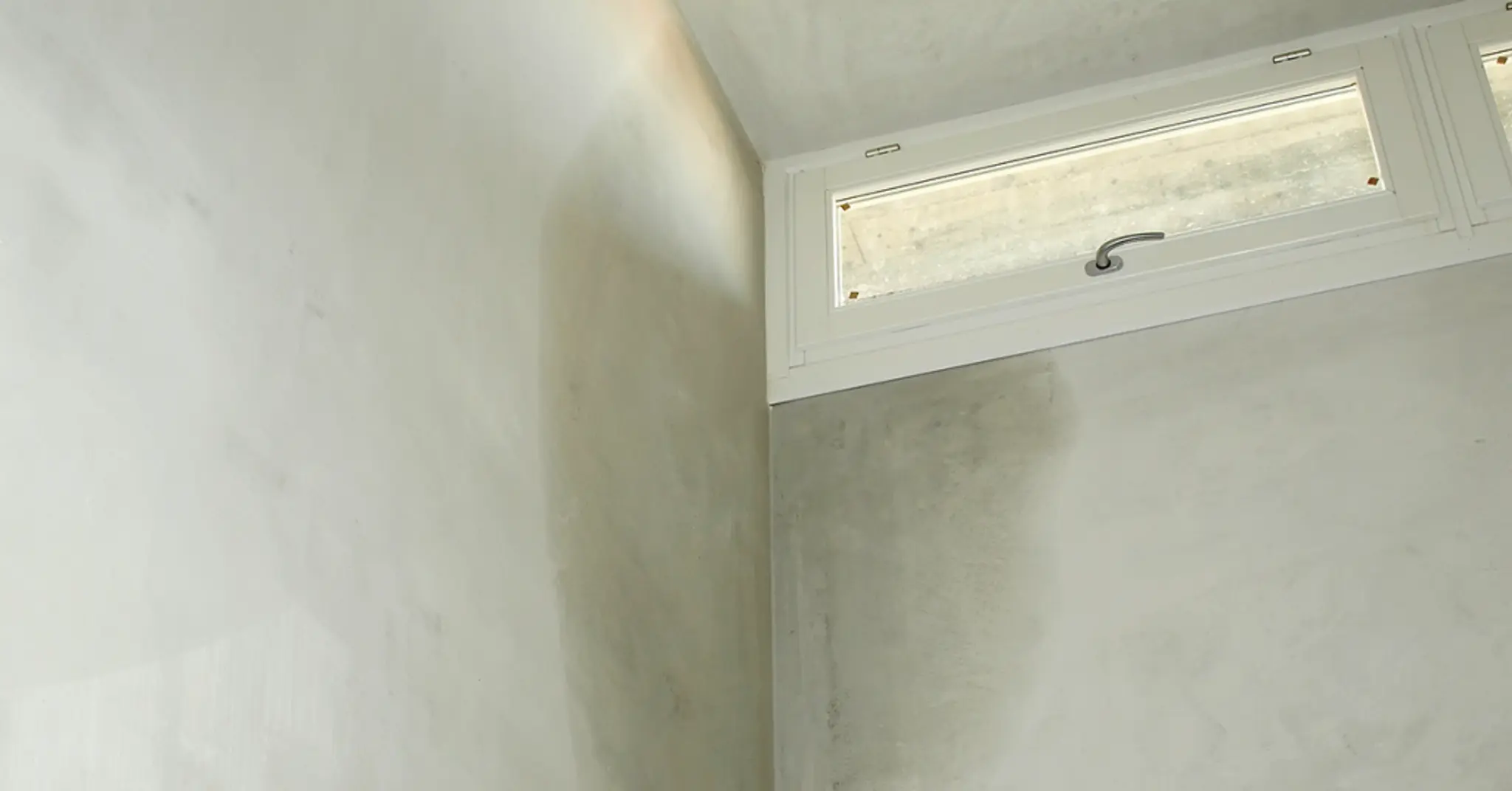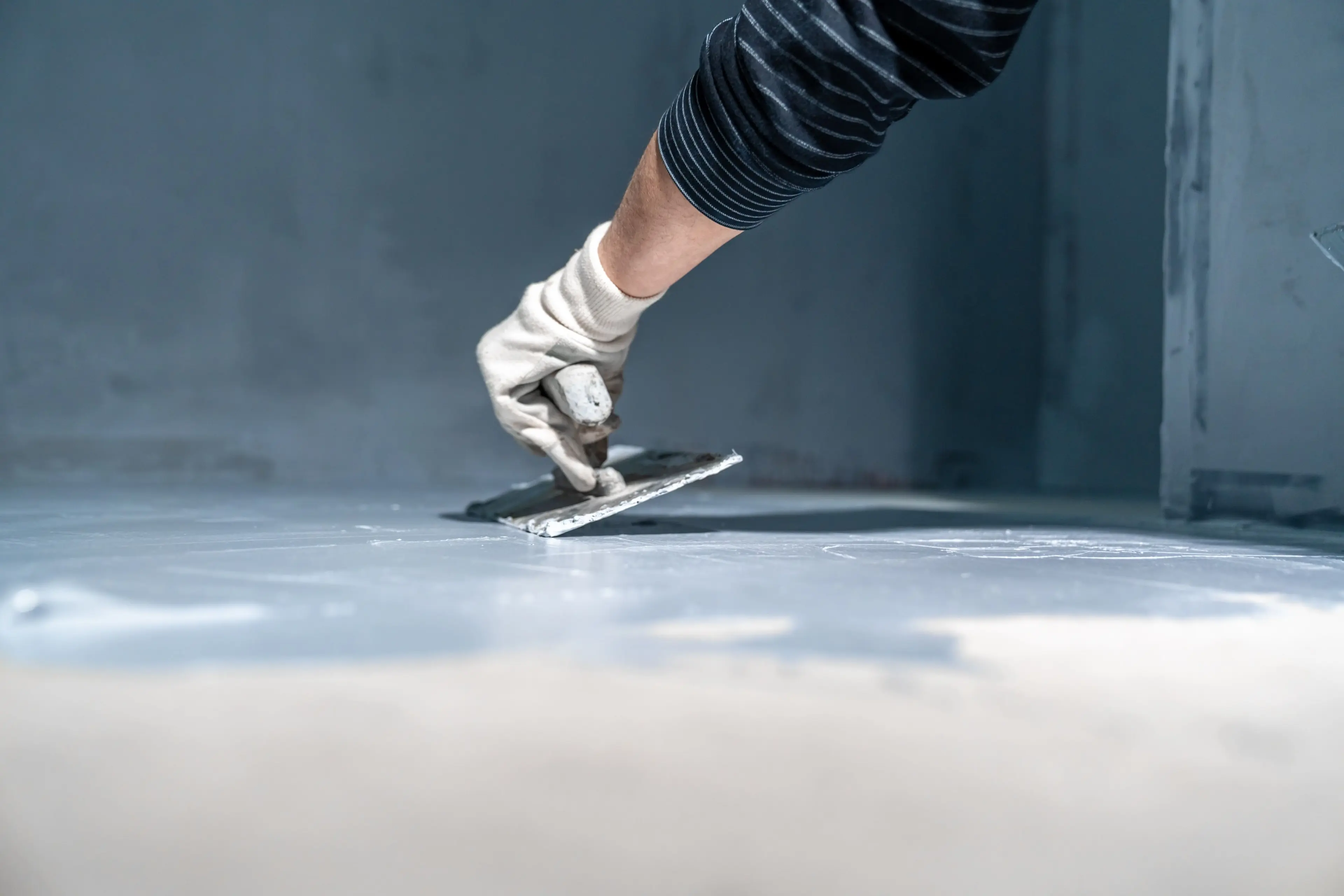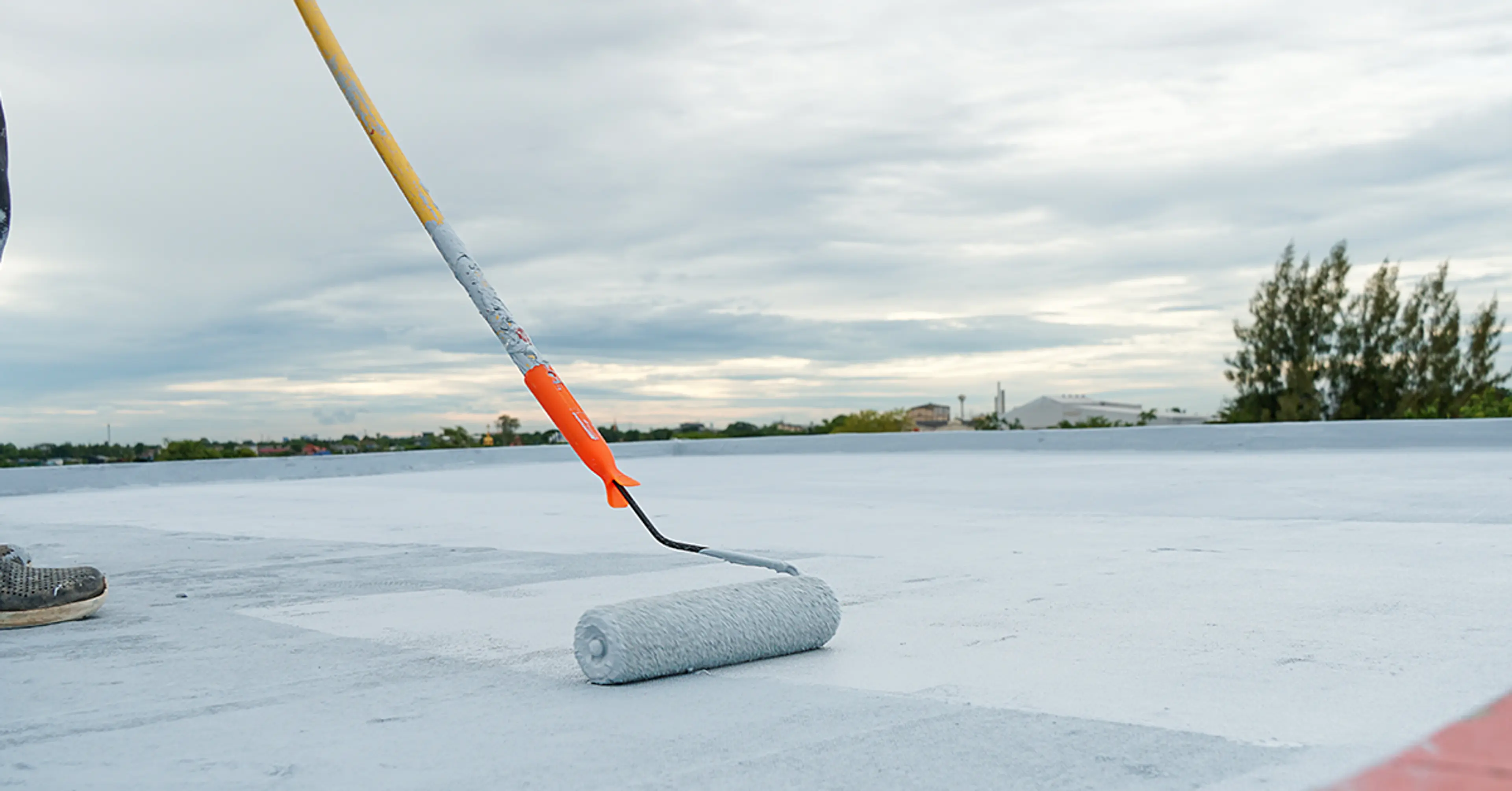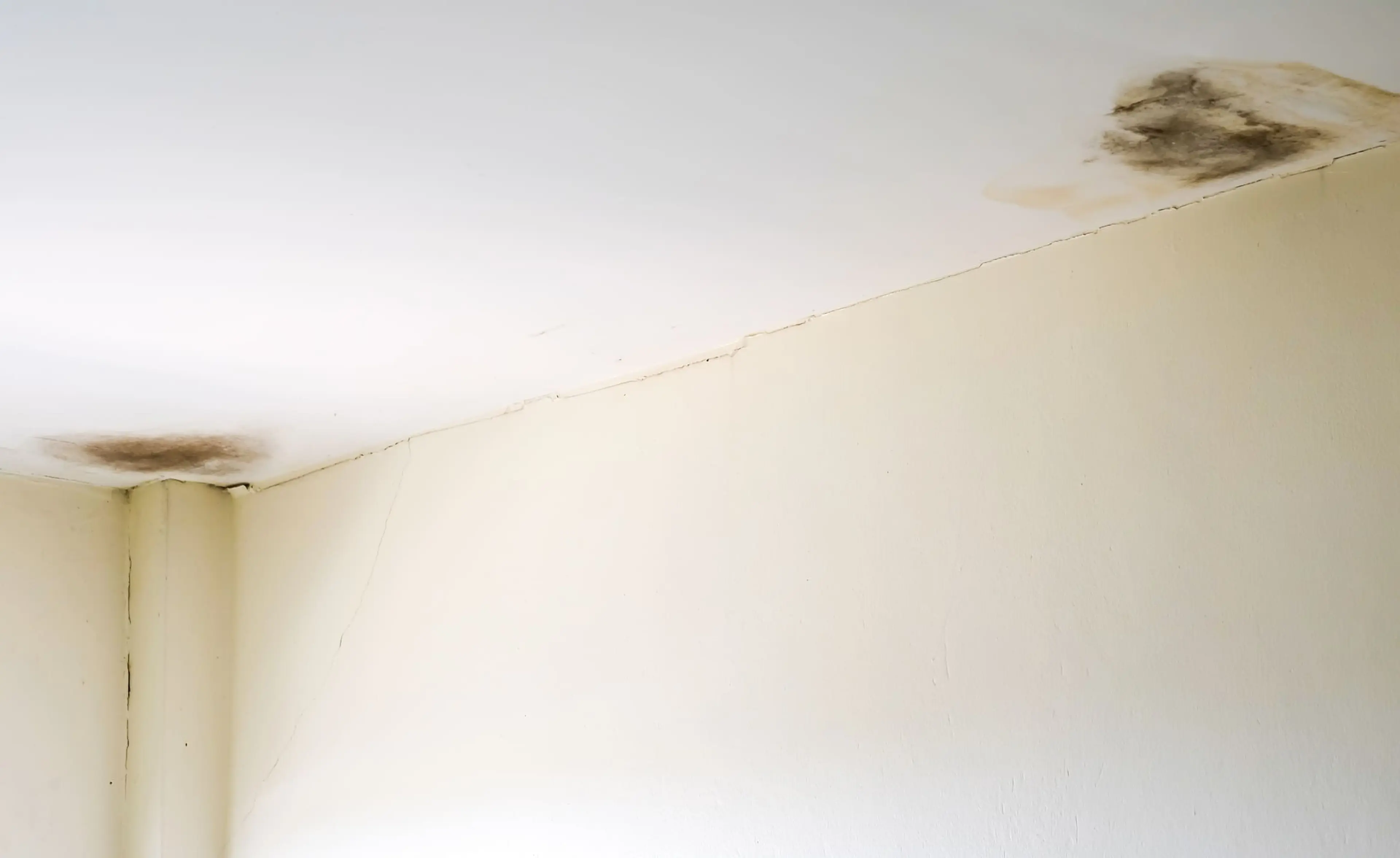Water Leakage Problem, Detection And Its Solution

 Sep , 2022
Sep , 2022- Waterproofing
- 4 Min Read
India is a tropical nation that experiences a lot of annual rainfall. While this may appear to be a godsend for the plants in your yard, it is bad news for your home or apartment.
The walls of your home acquire cracks and fissures after being exposed to heat and rain for an extended period. It also leads to dampness on the walls. So, in this blog, we will discuss how you can overcome this problem.
Various topics we covered for you:
- What is water leakage from the wall?
- Importance of Water Leakage Detection
- Signs that Show Water Leakage in Walls
- How to Check Moisture Level in Walls?
- How to Deal With Water Leakage?
- Berger Water Leakage Solution
- How to Prevent Water Leakage?
- Conclusion
- FAQs
What Is Water Leakage?
Wall seepage is when liquids (mostly water) seep into your home through porous materials, gaps, and fractures, leaving moist spots on the walls and ceilings that give them an unappealing appearance.
Unimaginable damage can be done to your home by water seepage on walls. In addition to having a bad appearance, seepage damages the paints and plasters on the inside walls. Additionally, it causes moist walls, floors, and leaking ceilings. Therefore, it won’t surprise you if you regularly develop a cold while residing in such a property.
Ignoring water leakage from wall solution impacts the house structure’s exterior appearance and interior aesthetics. As a result, homeowners should prioritise waterproofing solutions to remove or reduce concerns caused by water seepage and take proactive steps to dampproof and waterproof their homes before things get out of hand.
Importance Of Water Leakage Detection
Due to the lack of exposure to concrete technology, water leakage detection and waterproofing are two of the most important yet overlooked issues. The majority of the time, it is viewed as an annoyance rather than a significant issue. But delaying it will worsen the problem and leave your wall soaked in flood, giving your house a horrible appearance.
Detect water leaks as early as possible and get the following benefits –
- Interiors Are Safe From Water Damage.
- Stops the onset of health issues.
- It helps you save money.
- Facilitates long-term comfort.
Signs That Show Water Leakage In Walls
Hidden Signs
Odour and humidity may alert you to hidden signs of water damage in walls before you see anything. If you return home from a long trip and smell mildew, there can be water from a leak within a wall or between your subfloor and the completed floor. If the air in your Mesa-area house appears unexpectedly humid, a minor leak might introduce gallons of moisture.
Other indications to look for even without using your eyes:
- faulty pipelines
- improper drainage
- moist or wet flooring
Visual Evidence
A clear indication of a water leak is anything you can observe, even in the absence of specific evidence:
- Eroded or bleached roofs
- Kitchen wall cracks and holes
- scuffed bathroom surfaces
- Curling baseboards and mouldings from the wall
How To Check Moisture Level In Walls?
Start with manual testing, then go to Berger Homeshield Moisture Meter to check for moisture inside the walls.
- Take a close look at the wall’s surface. Look for surface degradation, such as material that is beginning to turn yellow, round brown patches, or black, frequently furry-looking discolourations that point to the presence of mould and mildew. Pay great attention to the texture of the walls. Along with warping or buckling surfaces, peeling paint is a sure sign of moisture issues.
- Slightly push the wall to experience how it feels. Drywall that has been affected by moisture may feel flimsy and spongy, whereas walls with wood sheathing may still feel a little bit substantial. Damaged wood may frequently be seen when scraped over the surface or softly pounded with a butter knife, screwdriver, or another similar tool.
The “Berger Homeshield Moisture Meter” is a specialised tool for determining the amount of moisture in walls. It can identify trapped moisture in concrete walls, floors, and ceilings that may result from a leaking roof, broken pipes, rainfall, or subsurface seepage. Your home’s walls and roof may be waterproofed by taking the necessary precautions thanks to the scientifically sound and precise diagnostic provided by the Moisture Meter.
How To Deal With Water Leakage?
Roof
Without a doubt, water leakage in the roof is a catastrophe. Nobody likes to have water dripping from their roof continuously, and these ceiling leakages may also seriously harm your health and property. Here are several straightforward yet effective leaking solutions for your roof once you have determined the primary source of the leak. So, it’s better to prevent water leakage from the ceiling as fast as possible.
What can be done?
- Locate the leaky area
- Shake off the shingles
- Use caulk to repair a damaged roof.
- Apply roof leak prevention tools
- You should use tar to fix the hole.
- Waterproofing for terrace
Interior
When interior wall leakage starts, cracks first appear around doors and windows or on ceilings. It is crucial to remember that damage and fractures on outside walls can eventually cause water seepage on the ceiling and dampness in inside walls if left unchecked. Another cause of wall seepage within dwellings is the use of low-quality paints.
What can be done?
- Use premium water-resistant paints with silicon or other strengthening ingredients for wall leakage repair.
- Ensure that the wall and window/door frame joints are sealed.
- Cracks and fissures should be repaired using cement, mortar, and other water-resistant materials.
Exterior
Most home owners have experienced an inside leak at some point. However, keeping an eye out for leaks that develop on your exterior walls is equally important. You must take immediate action if you recently went outdoors and saw water dripping from your property.
What can be done?
- Apply caulk for dampness treatment.
- Use stucco.
- Get in touch with a reputable restoration company.
Drainage
Wall seepages can be caused by a bad drainage system, such as leaking taps, pipes, bathroom leakage and other sanitary fixtures. Tile cracks might cause water to spill onto nearby walls.
What can be done?
- Repair the leak as soon as possible.
- Utilize cement, mortar, or other water-resistant materials to patch up cracks and openings in tiles, walls, and other surfaces.
- I use a wall water leakage detector to detect the problem before it’s too late.
Berger Water Leakage Solution
Whether brand-new construction or the rehabilitation and repair of existing structures, we specialise in end-to-end waterproofing solutions that meet every surface and project type. In addition to having vast expertise with projects of all sizes, whether small, medium, or big, we manage projects from beginning to end, starting with consultation, estimating, and waterproofing solutions.
Explore Our Range Of Offerings-
- Homeshield Moisture Meter
- Wall Waterproofing and Wall Treatment
- Roof Waterproofing and Treatment
- Tiling Solutions
- Basement Waterproofing and Treatment
- Allied
- Home Painting solutions
How To Prevent Water Leakage?
- By giving your home’s appliances regular maintenance, you may stop water leakage problems from occurring. By replacing outdated components of your gear and inspecting leaks that are difficult to find, you may stop water leaks from occurring.
- Consistently keeping an eye on your weekly or monthly water bill can also assist you in preventing water leaks. If the costs suddenly increase, you should be able to figure out if you just used more water that week or month or whether there is an unnoticed leak.
- There are tools like Berger Homeshield Moisture Meter that you may use as it is not humanly possible to maintain a careful eye on your water supply 24 hours a day.
Conclusion
With Berger Paints waterproofing solution, you can protect your roof, exteriors, and interiors. All you need to do is contact our specialists to arrange a prompt consultation for a comprehensive quote on making your house leak-free.
check for any query you have about the blog
Frequently Asked Questions
Longer drying durations are required for larger water-damaged portions. No matter how much of an area was impacted, you must adhere to certain procedures to restore your home’s interior quality. It could take 72 hours for all the water to evaporate, but it can take weeks to heal all the harm.
Put some Crack-Fill Putty on.
Typically, the gaps are close to doors and windows, where they trap moisture and cause further wall damage. After filling in the holes and cracks with crack-fill putty, remove the loose plaster. To stop any more cracks, you should repaint your wall with a waterproof finish to stop any more cracks.
- Properly Built Slope. First, ensure there is no water stabbing on your terrace. Drainage Point on Terrace.
- Use Elastomeric Coating. If your terrace isn’t waterproofed properly, it leads to damp patches on the ceiling.
- Don’t Ignore Cracks.
You may easily add another coat of waterproofing on top of the old one if it’s in excellent shape and has no cracks or openings. Before installing new waterproofing, the old waterproofing must be fixed or replaced if it is cracked, deteriorated, or has other flaws.
The greatest time of year to waterproof terraces and other outdoor spaces is during the summer. Before beginning the treatment process, cracks and gaps must be closed. The heat and dry weather make the speedy pace of the repair and refurbishment work.




